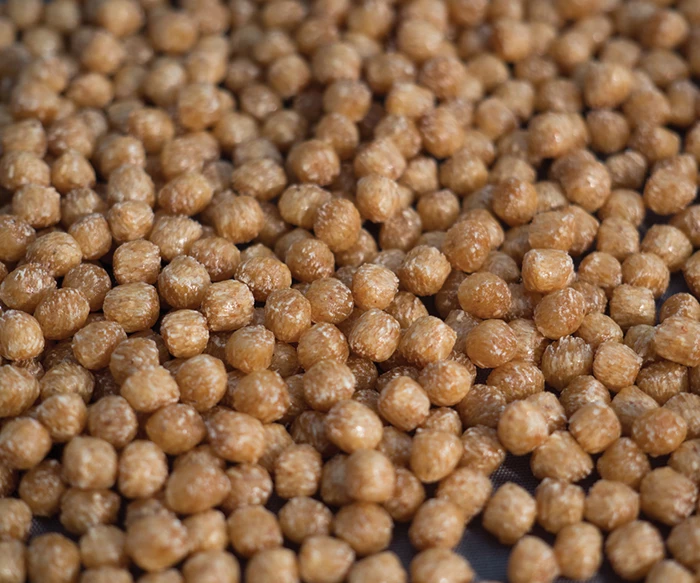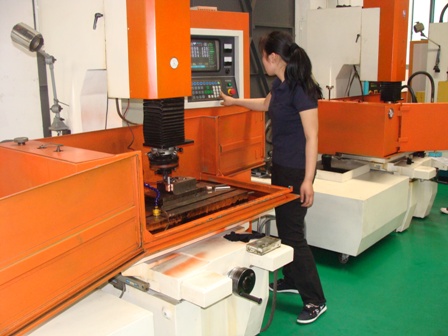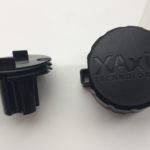There are hundreds of injection molding materials available in the world, and definitely on mainland China. materials we can injection mold in our company are usually the common ones; Triple-c has the most experience with engineering thermoplastics, general purpose and engineering thermo plastics and elastomers materials.
However, some of our customers request specialised material, such as Wood Plastic Combinations (WPC)and rubber a-like plastics such as TPO/Tpe’s . ( Thermo elastic plastics or thermoplastic elastomer)
Note: if you wish a specific material, which isn’t available in CHINA , we can import it to our mold factory.
We injection a lot and different kind of materials, and basically plastics can be divided 6 main thermoplastics groups;
There are several types of thermoplastics, each with its unique characteristics, making them suitable for specific applications. Hereunder, we will describe the six groups of thermoplastic materials our company can inject for you:
- General-purpose materials,
- high-temperature plastics,
- engineering thermoplastics,
- flexible thermoplastics,
- biobased materials,
- and wood-plastic composites (WPC).
the main injection molding materials are general-purpose materials or high-temperature plastics
They are characterised by their excellent mechanical properties and can withstand high temperatures, making them ideal for various applications, including automotive parts, consumer goods, and electrical components. Usually these have a reasonable price per KG. The most common know materials in this group are PP and ABS.

Engineering thermoplastics
Engineering thermoplastics offer improved strength, durability, and thermal stability compared to general-purpose materials. They are used in high demanding applications such as medical devices, aerospace components, and electrical equipment.
Flexible thermoplastics or thermoelastic plastics have a unique property of being able to be stretched and molded into various shapes. They are commonly used in the automotive industry for interior parts such as dashboards and seat covers.
Biobased materials.
Bio based materials are environmentally friendly thermoplastics made from renewable sources such as plants and other organic materials.
They are used in a wide range of applications, including packaging, disposable utensils, and agricultural films.
Wood-plastic composites:
Wood-plastic composites (WPC) such as those from Jeluplasts are a combination of wood fibers and plastic resins. This group is a young generation of
They offer excellent durability, moisture resistance, and are a cost-effective alternative to traditional wood products. products made of WPC have a wood radiation, but still can be complicated like injection molded part. The injection mold design of WPC components is almost similar as general or engineering thermoplastic parts’ mold- design.

Finally, 2k or 2-component injection molding is a process used to combine two different thermoplastic materials into a single product. This process allows for the creation of products with unique properties, such as improved durability, flexibility, and strength.
In conclusion, understanding the various groups of thermoplastic materials and their unique properties is crucial when selecting the right material for a specific application. Triple-c has experience in each group and can advice you. Each thermoplastic group offers different characteristics, making them ideal for different applications, and can be a cost-effective alternative to traditional materials.
- General purpose materials or high temperature plastics
- engineering thermoplastics
- flexible thermoplastics or thermo elastic plastics
- Biobased materials.
- WPC or wood plastic composites such as those from Jeluplasts.
- 2k or 2- Components injection molding .
general purpose or high temperature plastics
Examples of injection molding materials:
- Poly Ethelene (PE)
- HDPE
- PP
- Polyetheretherketone (PEEK)
- Polyethersulfone (PES)
- Polyetherimide (PEI)
- Polysulfone (PSU)
- Polyphenyl sulfone (PPSU)
- Polycarbonate (PC)
- Styrene acrylonitrile (SAN)
- Acrylic nitrile styrene acrylate (ASA)
- Acrylonitrile butadiene styrene (ABS)
If you need more information about the factors that influence and determine mold cost you can read this article:





